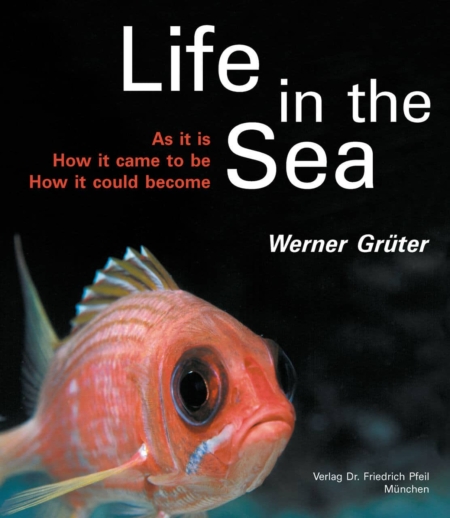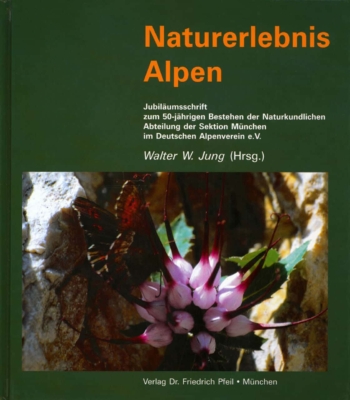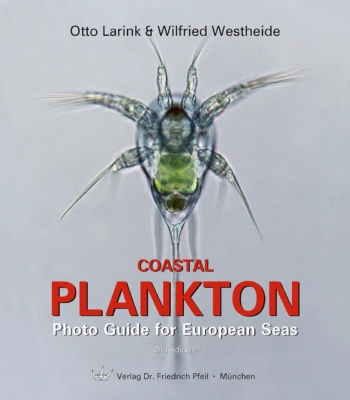The magic of diversity, its origins, and implications
In 13 chapters with 60 clearly understandable, vivid, light-heartedly worded and separately enjoyable “wanted posters”, numerous astonishing phenomena of the marine fauna are described, without burdening the reader unnecessarily with technicalities.
More than 330 of the author’s underwater color photos illustrate the text. Inquiry into the wider relationships whets our curiosity and satisfies it wherever science has already found the answer. A fascinating macrocosm takes shape around the unique entwinements of marine fauna, evolution, and ecological systems.
This is no mere picture book, but a work in which text and illustrations are in proper balance. The reader is drawn to the pictures and the viewer to the text. Accounts of personal experiences enliven the narrative. Learning is seldom coupled with so much aesthetic pleasure.
This book is also available in German.






Bewertungen
Es gibt noch keine Bewertungen.